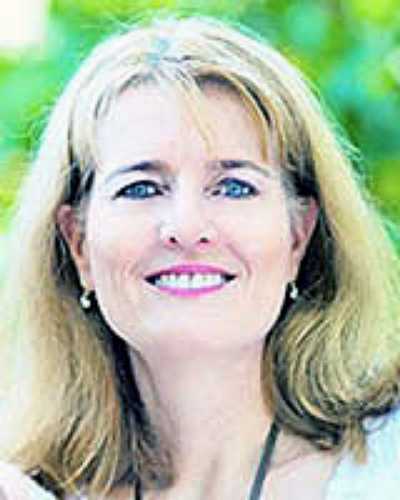Now published, see the full article 
Early Abstract:
Introduction: In remote Australian hospitals there are no on-site paediatric intensive care units (PICU), increasing the reliance on aeromedical retrieval to access tertiary care. Nasal high flow (NHF) therapy is an oxygen therapy used in tertiary hospitals to treat paediatric patients with respiratory conditions. In rural and remote Queensland, Australia, the use of NHF therapy is inconsistent and there are no guidelines on how this therapy should be implemented in practice. Therefore, three remote hospitals within the Torres Strait and Cape York commenced a project to improve consistent and equitable access to NHF therapy. Implementing NHF therapy in remote hospitals may improve health and social outcomes for children with acute respiratory distress. A clinical guideline for the use of NHF therapy in the three participating remote hospitals was published on the 28th of October 2021. This study aimed to develop a clinical guideline for the use of NHF therapy in three remote hospitals.
Methods: A modified-delphi technique was used to develop the guideline. Remote medicine and nursing clinicians at the three study sites, retrieval experts, a receiving tertiary-based Paediatrician, PICU specialists, and NHF therapy experts made up the expert panel of participants. These experts participated in an iterative round table discussion to develop remote-specific guidelines for the use of NHF therapy. Prior to the meeting, panelists were provided with an executive summary of the current literature on NHF therapy implementation with key questions for consideration. Participants were able to add relevant issues ad hoc. A final guideline representing the panelists recommendations was submitted to the health service for ratification.
Results: Remote-specific decisions on the following topics were produced: Environment of care; nasogastric tube usage; timings of chest x-ray; automatic approvals to arrange courier services for pathology; medication use; staff training; staff ratios; observations regimes; both tertiary and local medical consultation frequency and the experience level of the medical officer required to attend to these consultations; location of the on-call medical officer; documentation; escalation of care considerations; and disposition of the patient in relation to retrievals.
Discussion: Decisions were made to mitigate two highly representative remote factors: 1. Delays in the workplace practices, such as time to arrange treatment locally and delays in retrievals. 2. Burden of the lack of access to services, such as lack of access to trained staff, staffing levels on-shift, adequate oxygen, and equipment/consumable supplies.
Conclusion: The aim was to develop a clinical guideline that was contextualised to the remote hospital, this outcome was achieved by using a modified-delphi technique with a panel of experts providing the decision-making for the guideline. Consistency and safety were addressed by reducing delays in workplace practices, for example, time to arrange treatment locally and mitigate delays in an unknown time to retrievals, access to trained staff, staffing levels, and communication between remote and tertiary teams.
Keywords: Oxygen therapy, paediatric, acute respiratory illness, rural health, emergency care, clinical governance.




